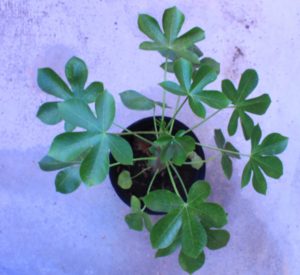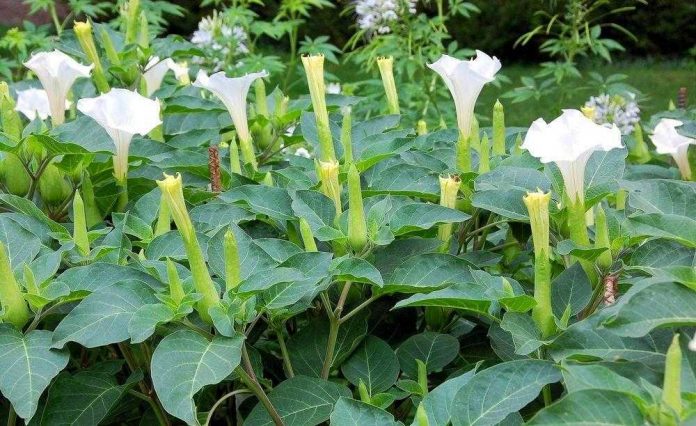Our goal at Etnia Nativa is to raise cultural awareness, promoting education and to safeguard our heritage as the sacred mother seed for renewal and reinvention, guiding you to become the next and a new guardian of Aruba.

Trough thousands of years cultures of the ancient world experimented with the healing power of plants. Regaining ones vital powers and health whas essential for any groups survival. Plants where considered the main source from where to extract healing powers due to their chemical compositions contained in leaves, flowers, stem or root, fruits and saps. Through different preparation methods, they could prepair different potions which in many cases still are being applied to treat various ailments. This could be of a simple headache to more serious ailments.
Today we see that medicinal plants and ancient knowlidge are an intricate part of pharmaceutical research, whether it is for the benefit of man kind or the contrary.
The use of plants for medicine dates back to ancient times and civilizations. Evidence of the used of medicinal herbs in Egypt dates back to around 1550 BC, as did the Greeks in the 16th century BC. Healing plannts were also common during the Middle Ages. In the 19th and 20th centuries, folk knowledge of medicinal plants where passed from generation to generation, attributing the practice mainly women healers, who appliying plans and herbs to treat common diseases and ailments.
For an infusion, the active ingredients of the plant are dissolved in water by boiling it in to a drink. If it need to be applied to an external affected area, the part of the plant that contains the healing properties is crushed and applied. A direct way to ingest certain medicinal herbs is to eat them, for example, in a salad, like a tea or mixed into a syrups or honey. Plants can also be mashed in to a mortar mixed with oils of certain seeds in order to be aplied on wounds or skin deseses. In our case acient Aruban cultures have also applied a wide variety of medicinal plants to treat their ilneses.
Following I wil share some of the most comon plant that an native aruban will use with out any hasitation when for example sor throat is thretening or as and agent against the poisonous nature of the stinging hairs of Jatropha urens or Bringa mosa* ( * Papiamento).
For a sore throat local people will go in to the country side to look for Roots of The Seida* Jatropha gossypiifolia. This is cleaned and boiled in to gargela potion, allowed to cool and gargled with excellent results and quickly relieves the uncomfortable sore throat.
Another plant that is often used for asthma is Datura metel, commonly known in our Papiamentu language as “Yerba stinky*”. Oddly enough, but popular history tells that the leaves of this plant are smoked to cleanse the lungs.
If you love Aruba its origins and its cultural heritage, be part of the exclusive visitors of this cozy home-atelier called “Etnia Nativa”. This private residential houses collections of native art, archaeological artifacts and historic furniture, while the facilities themselves are the result of the transformation of recycled materials. Meet the acclaimed columnist at home! Book your visit Whatsapp + 297 592 2702- or mail: etnianativa03@gmail.com















